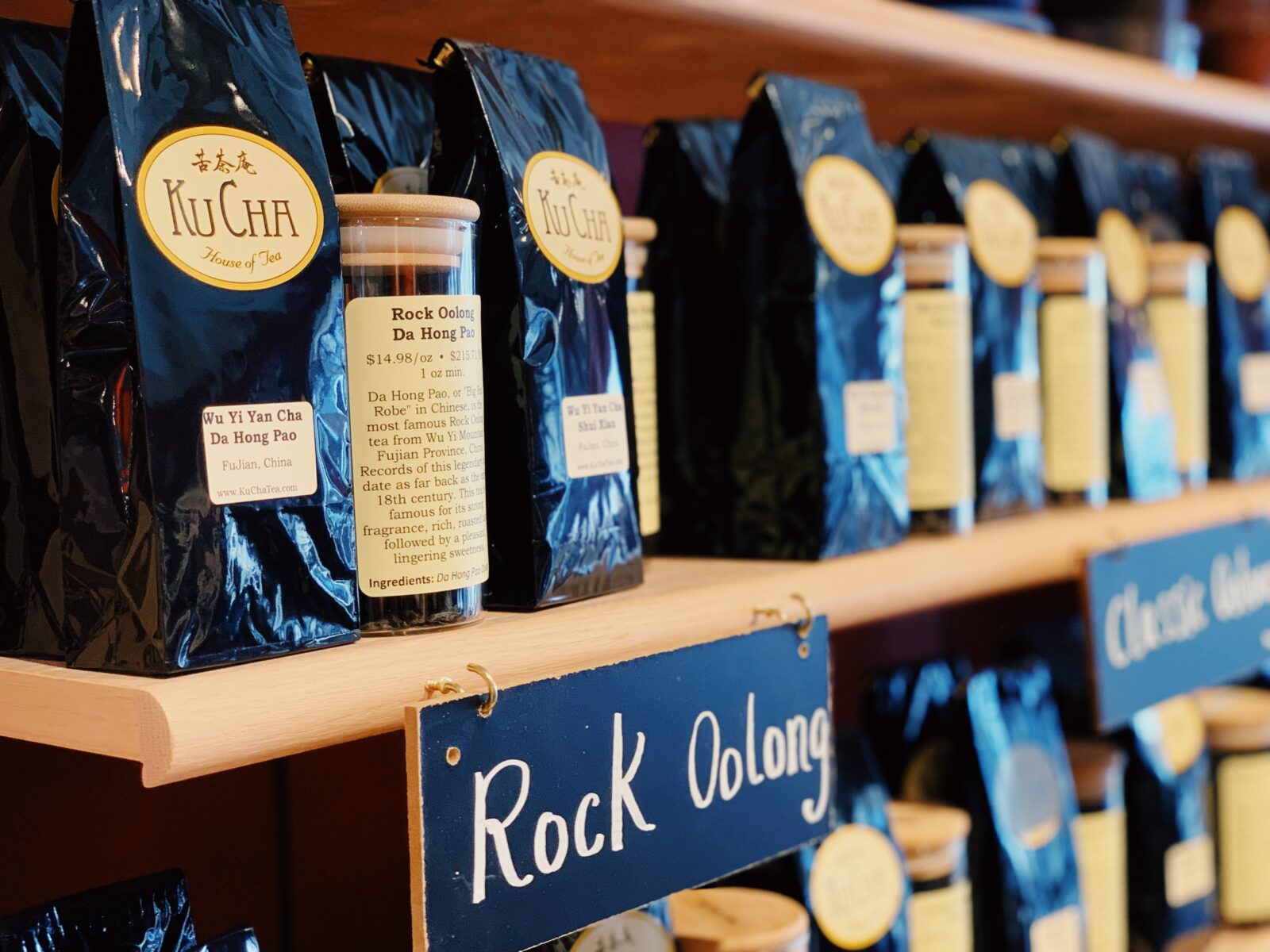Popular Teas Constantly Change Due To Customer Choices
Sometimes you rely on your gut, on winging it, for gift-giving. Aunt Bee collects Buddha statues, so you snag one that you haven’t seen on her shelf. Your brother likes Hawaiian shirts; you pick up a vintage number, in pink and turquoise, in a downtown boutique.
Other times, however, you seek guidance. You might turn to the media, which in the case of Ku Cha could mean you encountered 5280 Magazine’s annual Colorado gift guide, read about our Taste of the Rockies tea collection, and decide to pick it up for your mountain-loving cousin.
You even look to the masses: What is trending right now? What electronic gizmo are people buying? What dolls are six-year-old girls going crazy for?
We offer gift-givers myriad ways to please friends, family and colleagues, including build-your-own gift boxes that lets recipients select their own teas from Ku Cha staff.
And if you want to check out what’s hot, we’ve got that feature, too.
The “best sellers” section of our site lays out 16 of our most popular teas today. The technology intrigues us. Customers buy inexpensive herbal teas in abundance, as well as high-end premium teas from China and Japan. Among the classic styles that are trending right now, black teas are the most popular. Greens, oolongs and whites follow. By February the ratios could change.
We searched through today’s 16 most popular teas, looking for a tidy six of the classic Chinese and Japanese teas to recommend. However, we endorse all 16 of our most popular teas. It turns out Ku Cha House of Tea customers have excellent taste!
Popular Teas: Green Teas
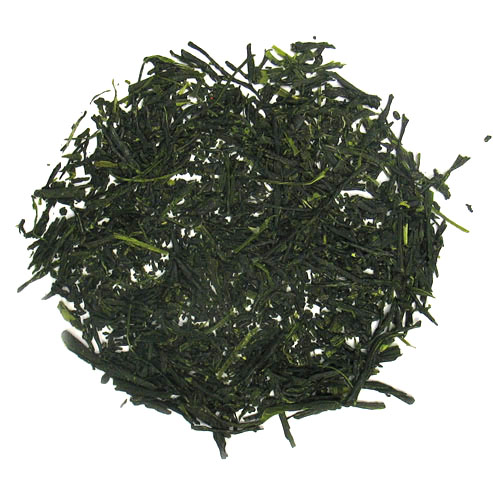
Gyokuro Superior
People looking for special gifts of tea often turn to this Japanese sencha green tea. It is considered the island nation’s highest grade of green tea.
Gyokuro means dew in Japanese, which is reflected in the tea’s nature. Just as morning dew is precious and evanescent, so is Gyokuro, which comes from Hoshido in the Fukuoka Prefecture, a region famous for high-quality tea production.
For gyokuro, the first unique step revolves around sunlight. For a minimum of twenty days prior to the planned harvest of leaves in the early spring, tea farmers use straw mats to immerse the tea shrubs in shade. This step is one that sets gyokuro apart from other senchas.
Following the shade treatment artisans then harvest the leaves, which takes place just once a year, by hand. The leaves are steamed, dried and carefully rolled into shapes that resemble pine needles.
The application of shade to the leaves for between three and four weeks boosts levels of the amino acid theanine as well as the alkaloid caffeine in the leaves. Heightened levels of these substances enhances sweet flavors in gyokuro.
The flavor of our Gyokuro Superior is delicate, slightly sweet and addictive. The tea makes for a wonderful gift.
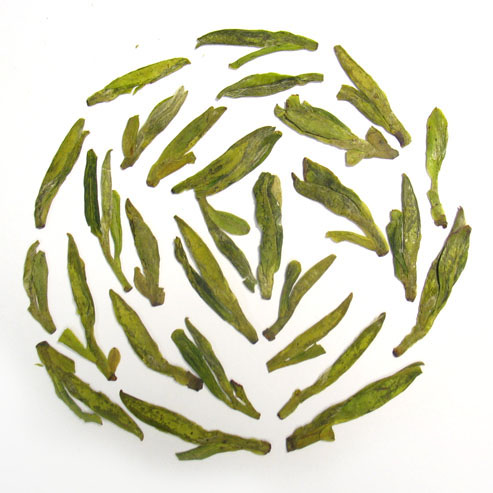
Dragon Well Superior
Also known as Longjing tea (which means dragon well in Chinese), our Dragon Well Superior is a pan-roasted green tea that brews gold, offers nutty perfumes and has a full, round flavor. It holds the title China’s Famous Tea, and comes from China’s Zhejiang Province, near the village of Longjing.
Like most Chinese green teas, leaves are roasted shortly after harvest to stop the oxidation process. The step preserves the green color, and also stops the tea from gaining the often more robust flavors of black tea. The barely oxidized leaves instead project more herbal flavors.
Like most of China’s best green teas, Dragon Well Superior contains high concentrations of catechins, powerful antioxidants that can lead to improved brain function, weight loss, lower risk of heart disease and other health benefits.
Dragon Well originally was reserved for members royal families. Fortunately for us, that no longer is the case!
Popular Teas: Oolongs
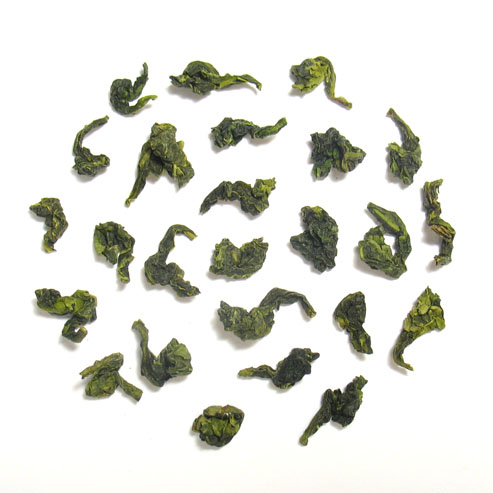
Tie Guan Yin Superior
Where green teas barely oxidize — meaning their exposure to oxygen is minimal prior to being roasted — oolong teas spend more time interacting with C02 before tea workers arrest the oxidation process.
As leaves destined for oolong vary quite a bit depending upon where they are grown, and as oxidization techniques differ depending upon where the tea is crafted, oolongs do not contain a set of uniform taste characteristics, such as “herbal.” Oolong flavors can indeed be herbal, as well as floral, sweet, toasty and grassy.
This famous, premium tea, Tie Guan Yin Superior, comes from Fujian Province along China’s southeast coast, one of the country’s most celebrated tea-producing regions. The tea is named after the Chinese Goddess of Mercy Guanyin.
As with many outstanding Chinese teas, Tie Guan Yin benefits from repeated short brewings. Over the course of multiple infusions, the tea’s natural sweet and floral fragrance as well as its bright taste and smooth finish evolve in interesting and pleasing ways.
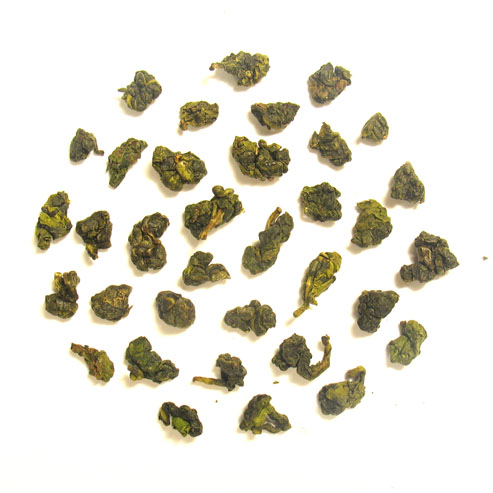
Milk Oolong
Month after month, milk oolong is one of our most popular teas. Our milk oolong begins with excellent oolong tea. The tea then gets steamed with a powdered non-dairy cream. The combination? A unique tea experience.
The many fans of our milk oolong say the tea offers a pleasing mouthfeel, sort of similar to a proper English cup of tea that is spiked with heavy cream. Only our version is dairy-free and it finds its Camellia sinensis backbone in oolong rather than black tea.
Popular Teas: Black tea
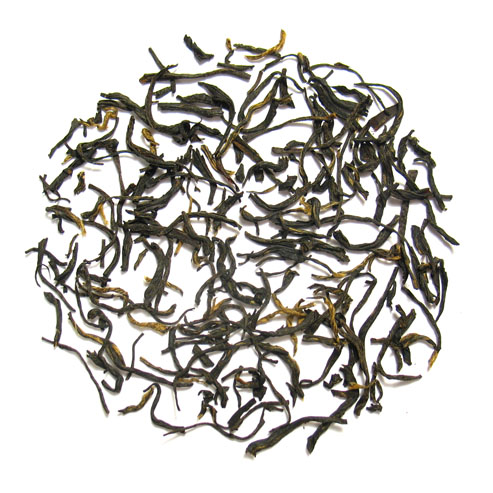
Golden Monkey
Black tea, the most oxidized style, first began in China in the middle of the 17th century. It wasn’t until the style migrated to India, and then became a passion for the British, that it captured the world’s attention. Most tea consumed worldwide is black tea, including hot tea brewed with tea bags and iced tea.
Much of the black tea that is bagged and packed by the hundred into boxes isn’t especially good; it’s strong and bitter, and needs milk and a sweetener to become palatable.
But the world of black tea is broad and diverse, ranging from chai teas across India to premium English Breakfast and Earl Grey teas in the United Kingdom.
We are especially fond of Golden Monkey, from China’s Fujian Province. Golden Monkey’s leaves are elongated and twisty, with both black and gold colors. When brewed, the tea carries a deep golden-amber color and offers a fine balance between sweet and bitter. With its rich, chocolatey aroma and malty mouthfeel, Golden Monkey has been a Ku Cha House of Tea favorite for years.
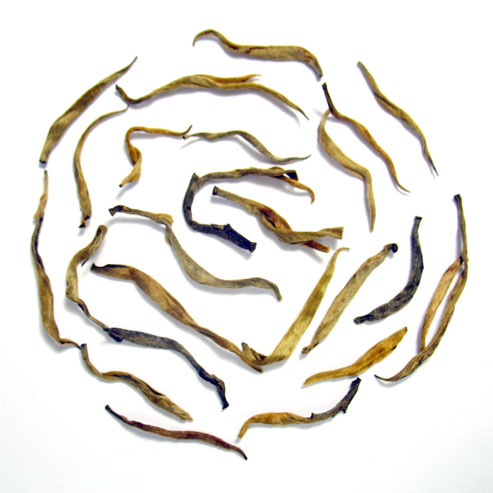
Yunnan Gold
For centuries, as far back as the Han dynasty (206 BCE- 220 CE), tea from Yunnan Province largely came in a compressed form, like the famous style of fermented tea, pu-erh. In fact, most of today’s pu-erh comes from Yunnan.
By contrast, Yunnan Gold from the province’s FengQing county is a newcomer; tea artisans did not start making it until the 20th century. Despite its late arrival to the world of tea, it quickly became enormously popular, and for good reason. A good cup of Yunnan Gold, which involves only the tender tips of tea bushes, is bright, rich, naturally sweet and filled with honey, fruity notes.
This black tea is named after its famous gold color, the result of the oxidization process which among other things slowly caramelizes the tea’s natural sugars. The end product is slightly malty.

